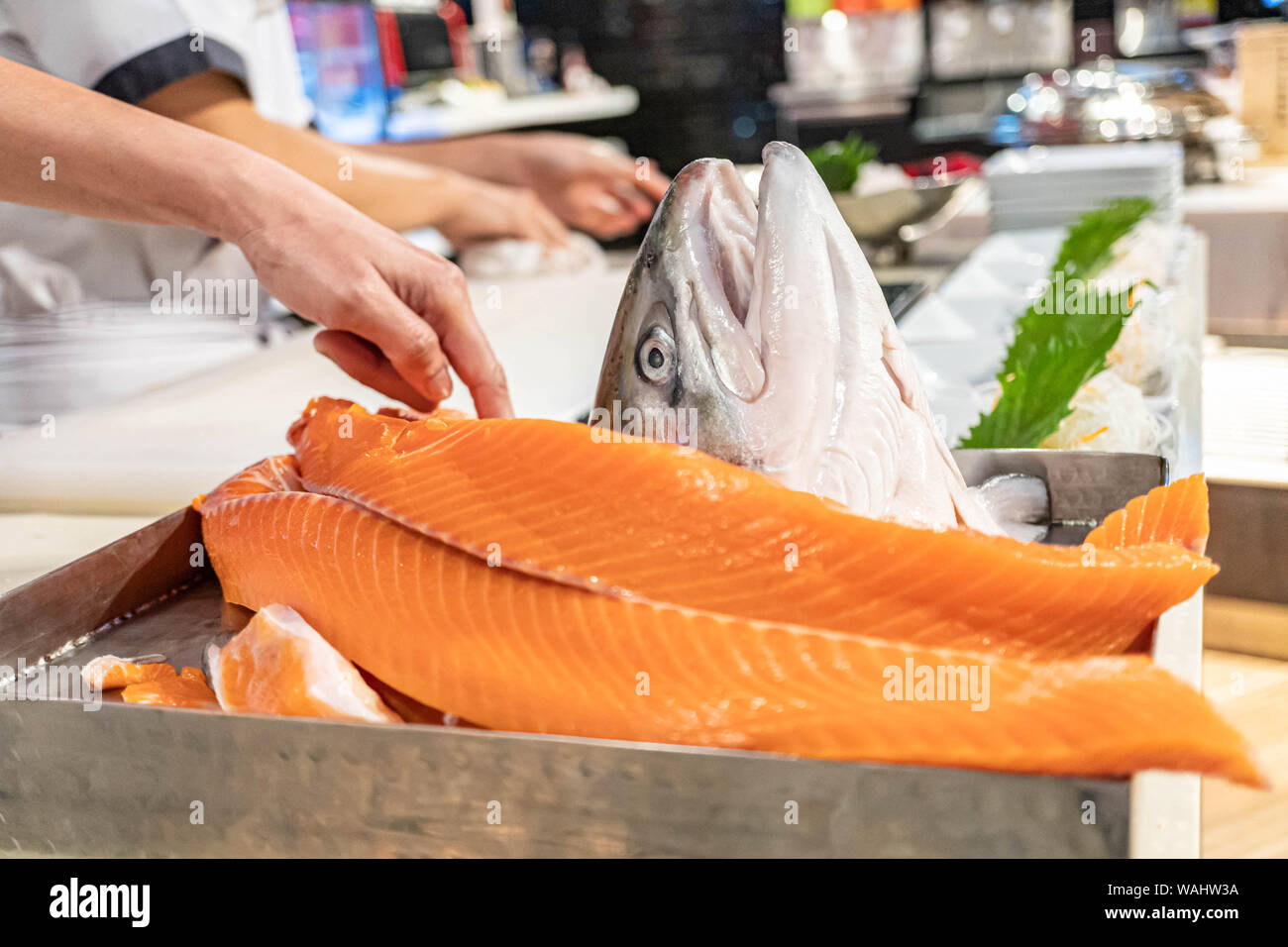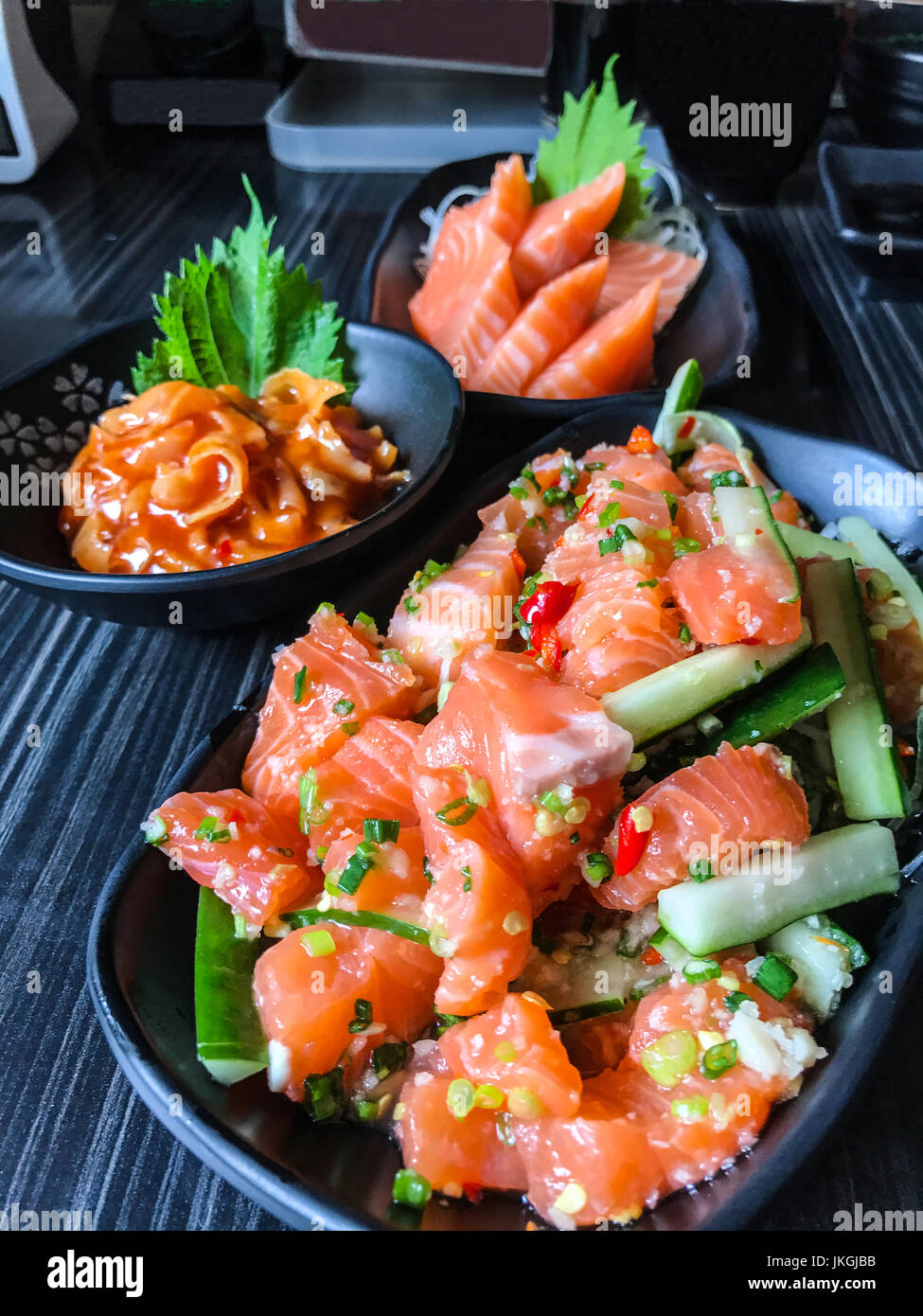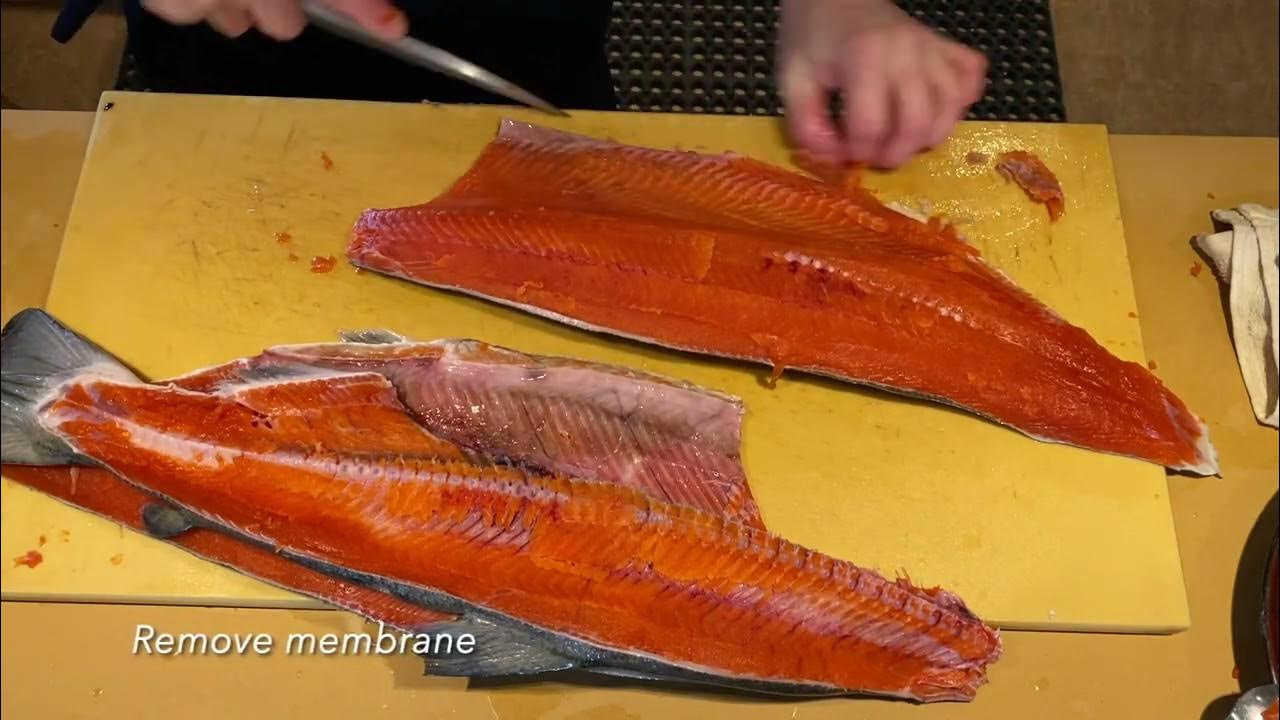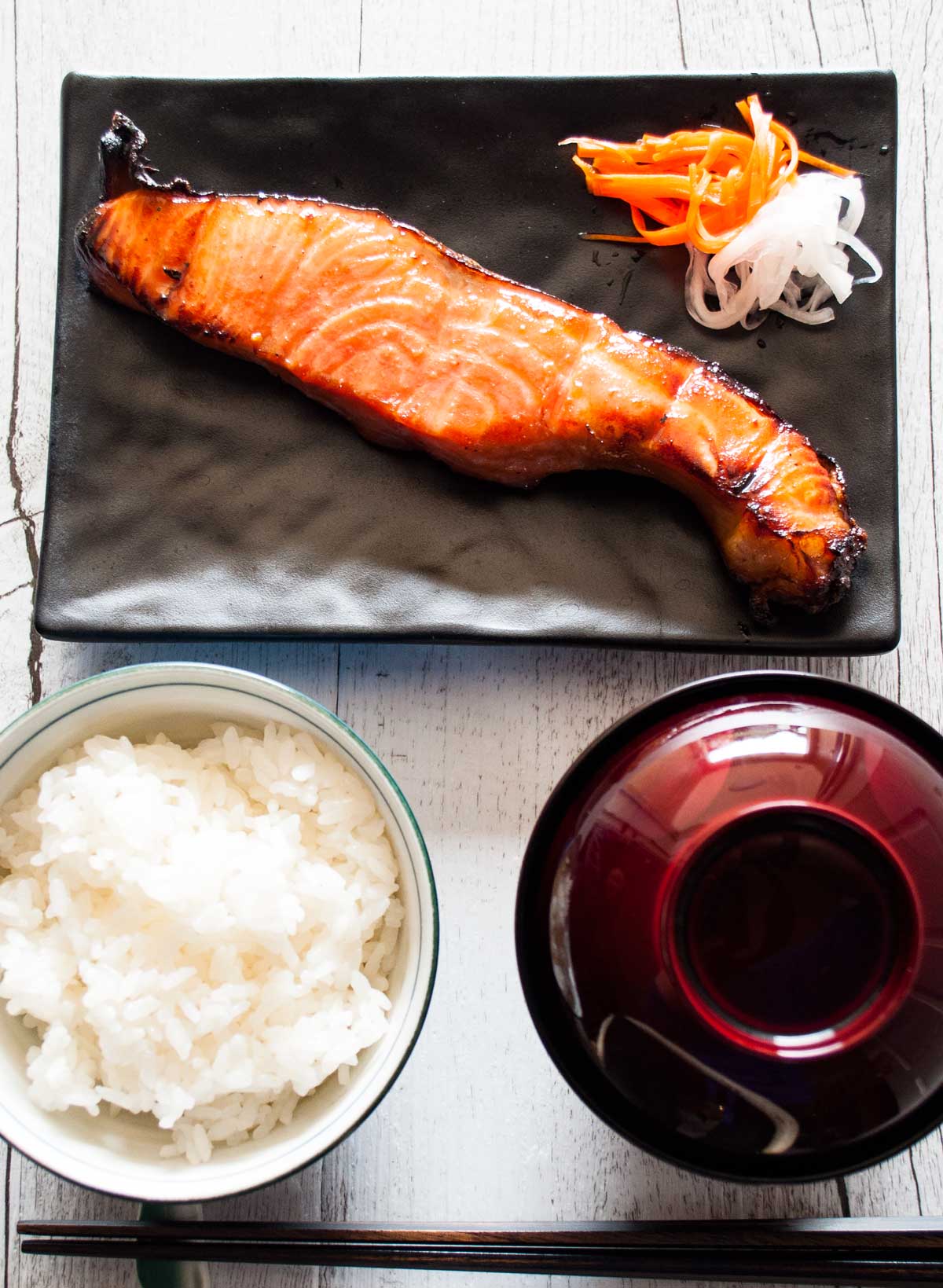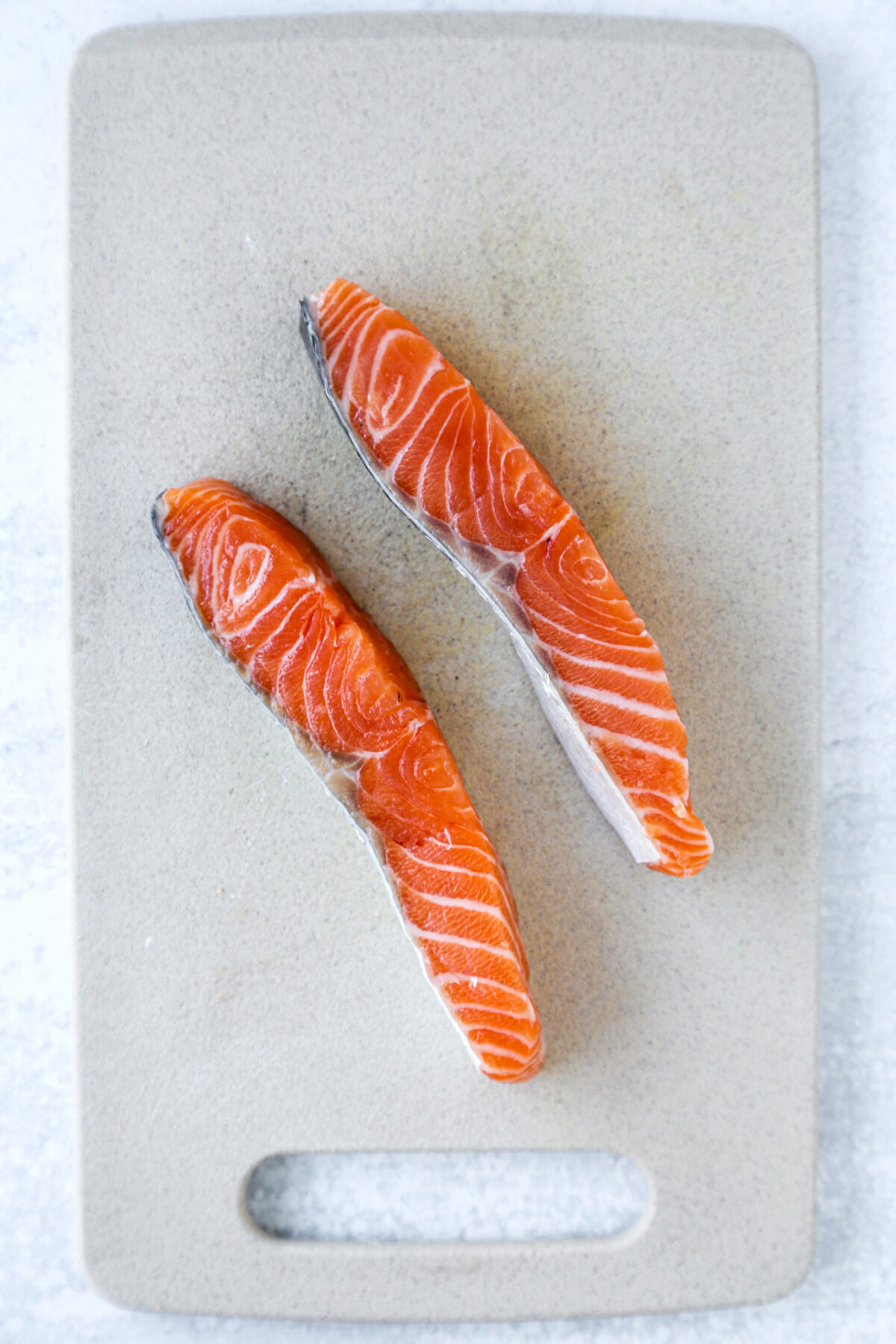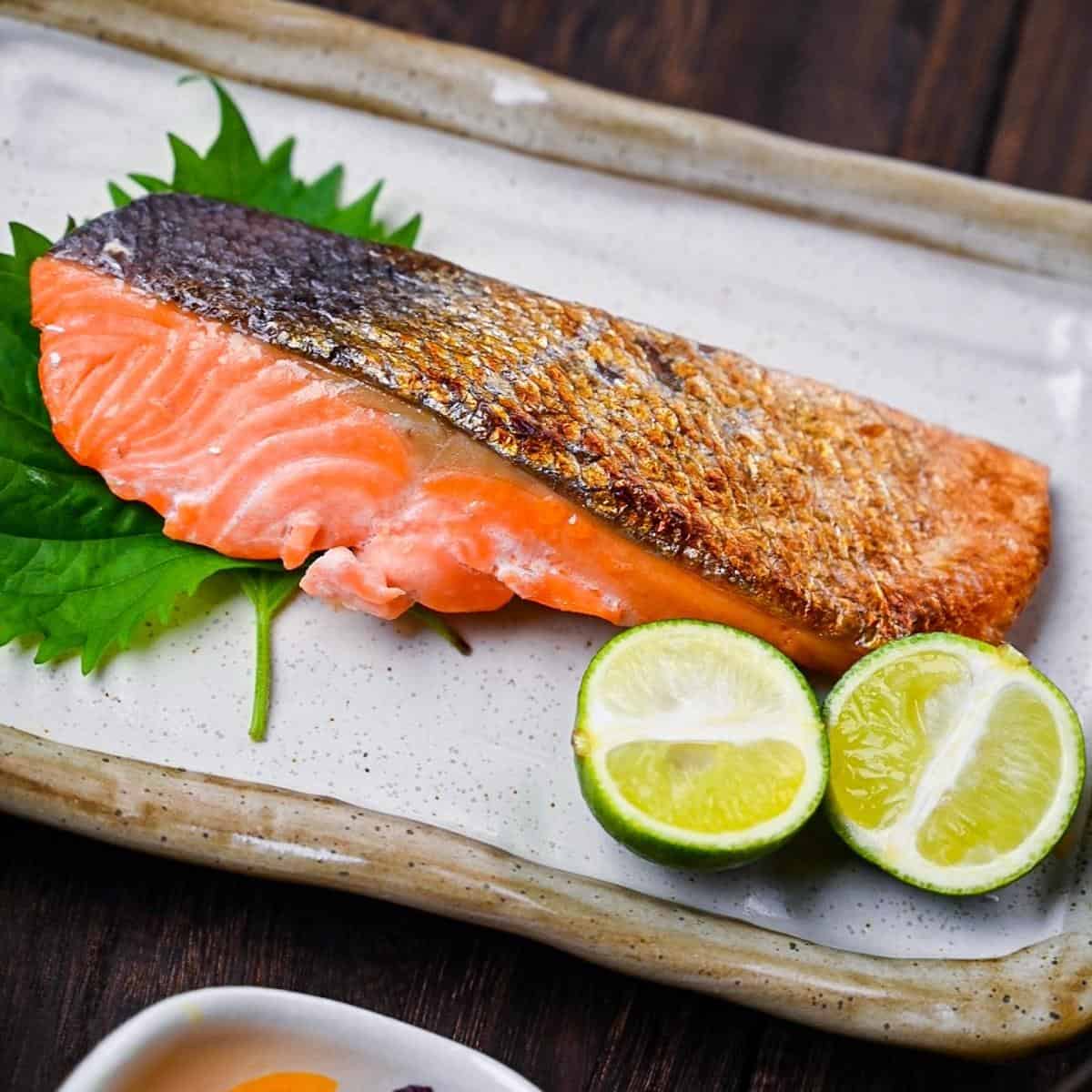How To Say Salmon In Japanese

Imagine stepping into a bustling Tokyo fish market, the air thick with the scent of the sea and the vibrant calls of vendors echoing around you. Sunlight glints off the glistening scales of tuna, the delicate pink flesh of snapper, and, of course, the inviting orange hues of salmon. You want to order some sake—not the drink, but a delectable slice of raw salmon—but you're unsure how to ask.
This guide demystifies the Japanese word for salmon, revealing its nuances, variations, and cultural significance. Understanding these details will not only equip you to order with confidence but also deepen your appreciation for Japanese culinary traditions.
Salmon in Japanese: The Basics
The most common and widely recognized term for salmon in Japanese is 鮭 (さけ), pronounced "sake." This term generally refers to salmon in its cooked or processed form, or as a general category of fish. It's what you'll likely see on menus or hear in everyday conversation when discussing salmon dishes.
However, the Japanese language, rich with subtleties, offers other words for salmon depending on its state and variety. Another frequent term is サーモン (sa-mon), directly borrowed from the English word "salmon." This term typically refers to raw salmon, especially the kind used in sushi and sashimi.
Delving Deeper: Variations and Nuances
Beyond these two primary terms, several other words exist, each conveying slightly different meanings. For instance, 秋鮭 (あきさけ), pronounced "aki-sake," refers specifically to autumn salmon, which is considered a seasonal delicacy. Autumn is the time when salmon return to their spawning grounds, making them particularly flavorful.
Another term is 白鮭 (しらさけ), pronounced "shira-sake," meaning "white salmon". This term might be encountered in more specialized contexts, though sake is far more common. These terms highlight the Japanese appreciation for seasonal and regional variations in food.
Understanding these variations helps you navigate the world of Japanese cuisine with greater sophistication and shows respect for the culture.
Pronunciation: Mastering the Sound
While knowing the words is essential, mastering the pronunciation is equally important. The word "sake" (鮭) is pronounced with two syllables: "sa" and "ke." The "sa" is similar to the "sa" in "sad," and the "ke" is similar to the "ke" in "kettle."
"Sa-mon" (サーモン) is pronounced as it sounds in English. Just be mindful of the slight Japanese accent, which often emphasizes each syllable equally. Paying attention to these details ensures you are understood and demonstrates your effort to speak the language correctly.
Consider practicing with online resources that offer audio examples of native speakers pronouncing these words. Listening and repeating are key to perfecting your pronunciation.
Cultural Significance of Salmon in Japan
Salmon holds a significant place in Japanese culture and cuisine, with a history stretching back centuries. Salmon has been a vital food source for communities living near rivers and coastal areas. Its nutritional value and abundance have made it a staple in their diets.
Traditional Japanese cuisine features various salmon preparations, from grilled fillets to pickled salmon and salmon roe (ikura). These dishes reflect the Japanese emphasis on using seasonal ingredients and preserving food through techniques like pickling and drying.
Modern Japanese cuisine has embraced salmon in new and innovative ways. The introduction of salmon to the sushi and sashimi scene has been a game-changer. Although not traditionally a part of classic Edomae sushi (which focuses on seafood from Tokyo Bay), salmon has become incredibly popular in recent decades. This popularity is a testament to the adaptability of Japanese cuisine and its willingness to incorporate new flavors and ingredients.
The rise of salmon in sushi is a fascinating example of how global influences can enrich culinary traditions.
Ordering Salmon Like a Pro
Armed with this knowledge, you can now confidently order salmon in a Japanese restaurant. If you want a simple grilled salmon fillet, you could say: 「鮭の塩焼きお願いします」("Sake no shioyaki onegaishimasu") which means "Grilled salted salmon, please."
If you're in the mood for salmon sashimi, you can say: 「サーモンの刺身お願いします」("Sa-mon no sashimi onegaishimasu") meaning "Salmon sashimi, please." Remember to be polite and use honorifics like "onegaishimasu" (please) to show respect.
Don't be afraid to ask questions! If you're unsure about a particular dish or preparation, ask the waiter for clarification. Japanese restaurants often take pride in explaining their dishes and ingredients.
Salmon and Sustainability
As with any seafood, it's important to consider the sustainability of the salmon you consume. Overfishing and unsustainable farming practices can have detrimental effects on salmon populations and the environment.
Look for certifications such as the Marine Stewardship Council (MSC) label, which indicates that the salmon has been sourced from sustainable fisheries. Choosing sustainable options helps ensure that future generations can enjoy this delicious and nutritious fish.
Supporting sustainable fishing practices is a responsible way to enjoy salmon while protecting our oceans.
Conclusion
Learning how to say "salmon" in Japanese opens a door to a deeper understanding of Japanese culture and cuisine. From the general term "sake" to the borrowed "sa-mon" and the seasonal "aki-sake," each word tells a story about the relationship between the Japanese people and this iconic fish.
So, the next time you find yourself in a Japanese restaurant or market, remember what you've learned. Order with confidence, ask questions, and savor the flavors of Japan with newfound appreciation.
Beyond the practical application of ordering food, this journey into the Japanese language offers a broader lesson: Language is a gateway to understanding different cultures and appreciating the nuances that make each one unique. Embrace the opportunity to learn and explore, and you'll find the world opening up to you in unexpected and delightful ways.





